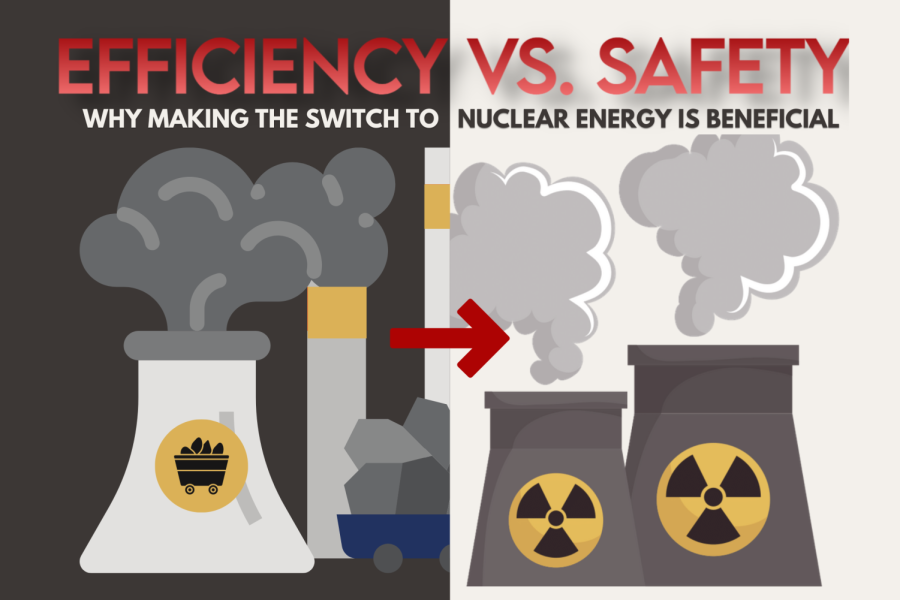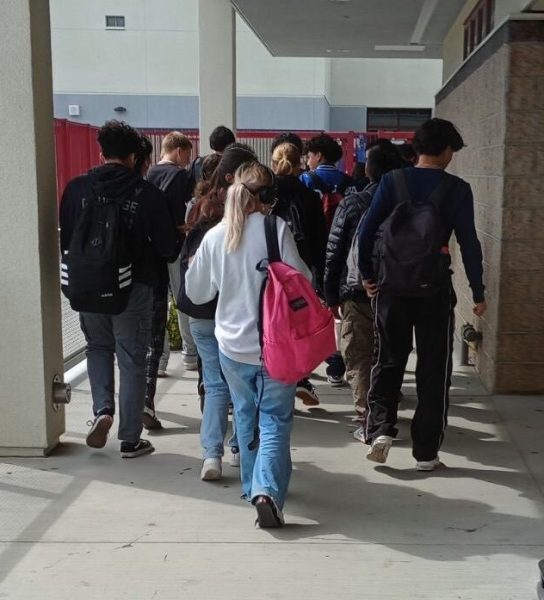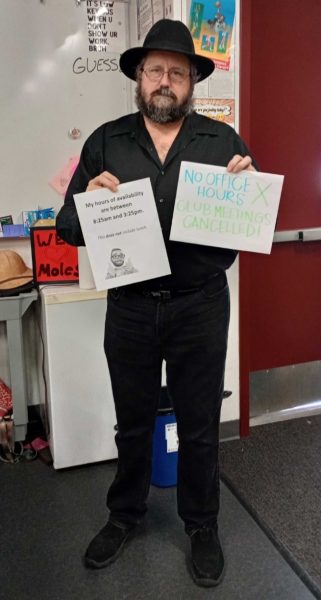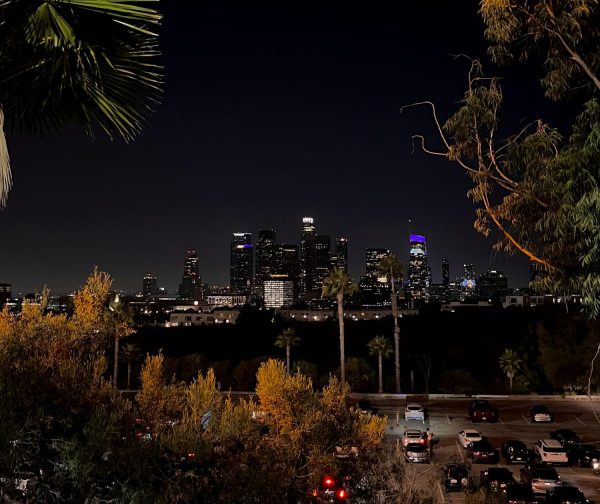Efficiency versus safety, why making the switch to nuclear energy is beneficial
January 30, 2023
When thinking about alternative energy sources to oil and coal, what comes to mind? Many will think about renewable energy sources such as solar and wind while some may think about hydroelectric sources in dams. As the world starts to turn away from fossil fuels, we must start to look for better alternatives towards this harmful energy source and look for cleaner and more reliable energy sources. One of the most reliable sources of electricity on the planet that doesn’t deserve the attention it needs is nuclear energy. Nuclear energy is going to have to be a major player in helping us divert our dependency on fossil fuels to cleaner energy sources in order to establish a cleaner environment and slow down the growth of climate change.
Nuclear power plants produce a large amount of energy for the area it takes up. For example, the smallest nuclear power plant in the U.S., R.E. Ginna Nuclear Power Plant, New York, produces 582 MW of electricity and sits on 426 acres of land. A comparable wind farm would be the Altamont Pass Wind Farm that produces 576 MW of electricity, but sits on more than 30,000 acres. Comparing this number to the solar power plant Solar Star in Rosamond, California, we find that the 579 MW solar farm spreads over 3,200 acres of land and uses 1.7 million solar panels. The land that it takes to produce roughly the same amount of electricity is way more when choosing to use solar panel farms or wind farms in comparison to nuclear power plants.
Going back to the R.E. Ginna Nuclear Power Plant and its production of electricity, the Nuclear Regulatory Commission outlines that 1 MW can power between 400 to 900 homes per year. Meaning the 582 MW of energy from the smallest nuclear power plant can supply enough power for 232,800 to 523,800 homes in just 426 acres of land. Nuclear energy is also the most reliable as outlined by the office of Nuclear Energy where it claims that nuclear power plants are producing the maximum amount of its output 92% of the year. When comparing this to other energy sources like solar or wind, we find that solar and wind are the least reliable sources of energy with 25% for solar and 35% for wind. Even comparing the capacity factor of nuclear energy to the second reliable energy source in geothermal energy, we find that geothermal’s 74% capacity factor doesn’t come close to nuclear energy’s.
Many will look towards nuclear energy and start to remember disasters such as Chernobyl where radioactive material was released into the atmosphere and cause problems for the citizens and environment around the surrounding areas. Events such as these put fear into people and push them to turn away from nuclear energy as they fear that these events could happen to them in their homes. What many people don’t take into consideration is that safety measures of modern nuclear power plants have gone up to the point of them being one of the safest facilities to maintain. In the case of Chernobyl, the disaster was the result of a flawed plant design as well as mistakes made by inadequately trained personnel. In the U.S., the Nuclear Regulatory Commission requires 10-25 inspections at nuclear power plants with the inspections centering around significant activities. Nuclear power plants are also required to send performance indicators every three months to the NRC where the public can view a power plant’s safety report. There are also safety features in place where the power plant shuts down in the event of an emergency and cools the reactor down as well as containment structures that prevent the release of nuclear contaminants into the air. These new safety features in modern nuclear power plants help mitigate or even neutralize damage caused by these plants in the event of disasters leaving us to feel more safe around their use.
One way we can expand the number of nuclear power plants in the U.S. is to campaign for their construction as the creation of new nuclear power plants are held up by those in power who have invested in other forms of energy production that revolve around the use of coal and oil. Another way to advocate for nuclear energy is to advertise how safe it is to produce and all safety measures put into place. Overall, we must consider nuclear energy as an alternative to fossil fuels when it comes to electricity production.

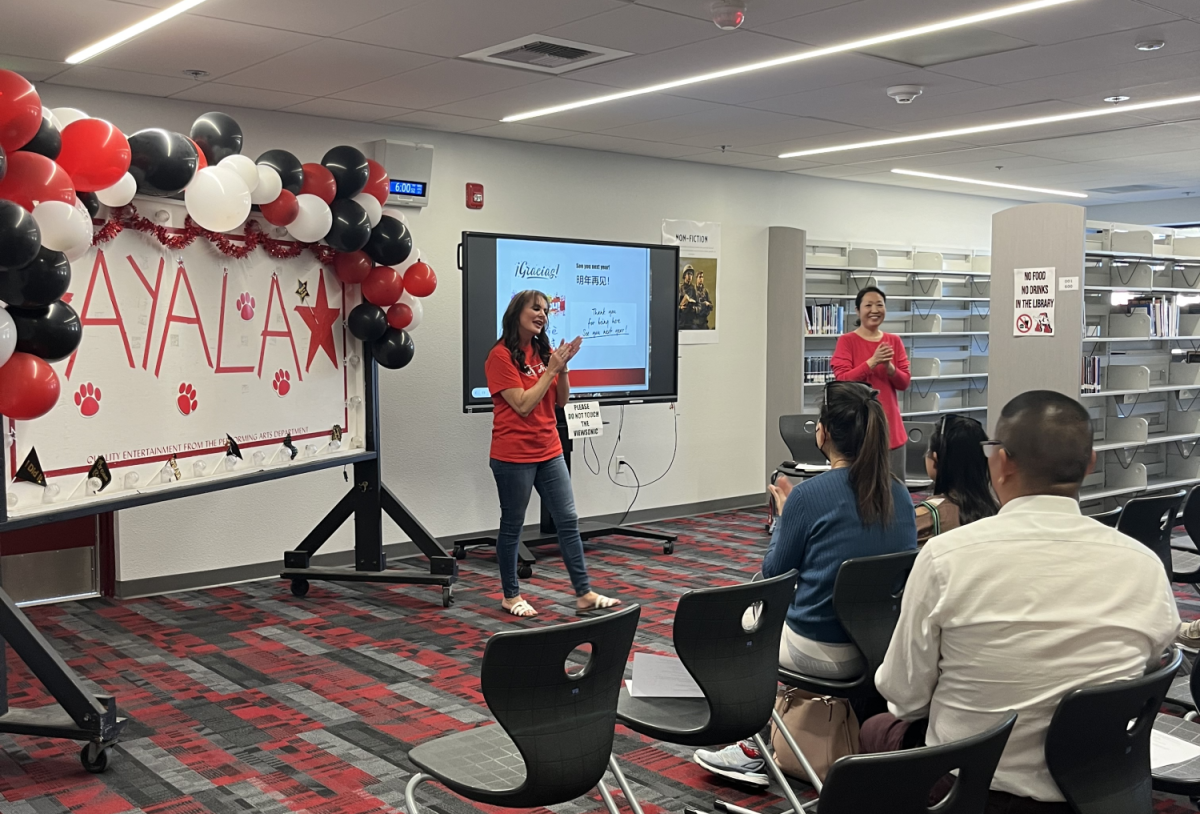

![Even though all juniors must take the CAASPP test, not everyone takes it seriously despite incentives. “I think that weve tried our best to stress the importance of the test, so hopefully that is coming across within [students] own attitudes towards [the CAASPP], English 10 Honors and AP Language teacher Mrs. Alexis Sjol said.](https://ayalabulldogtimes.org/wp-content/uploads/2024/04/IMG_8177.jpg)




![[Photo Essay] What your phone case says about you](https://ayalabulldogtimes.org/wp-content/uploads/2024/04/Untitled_Artwork-22-1200x882.png)

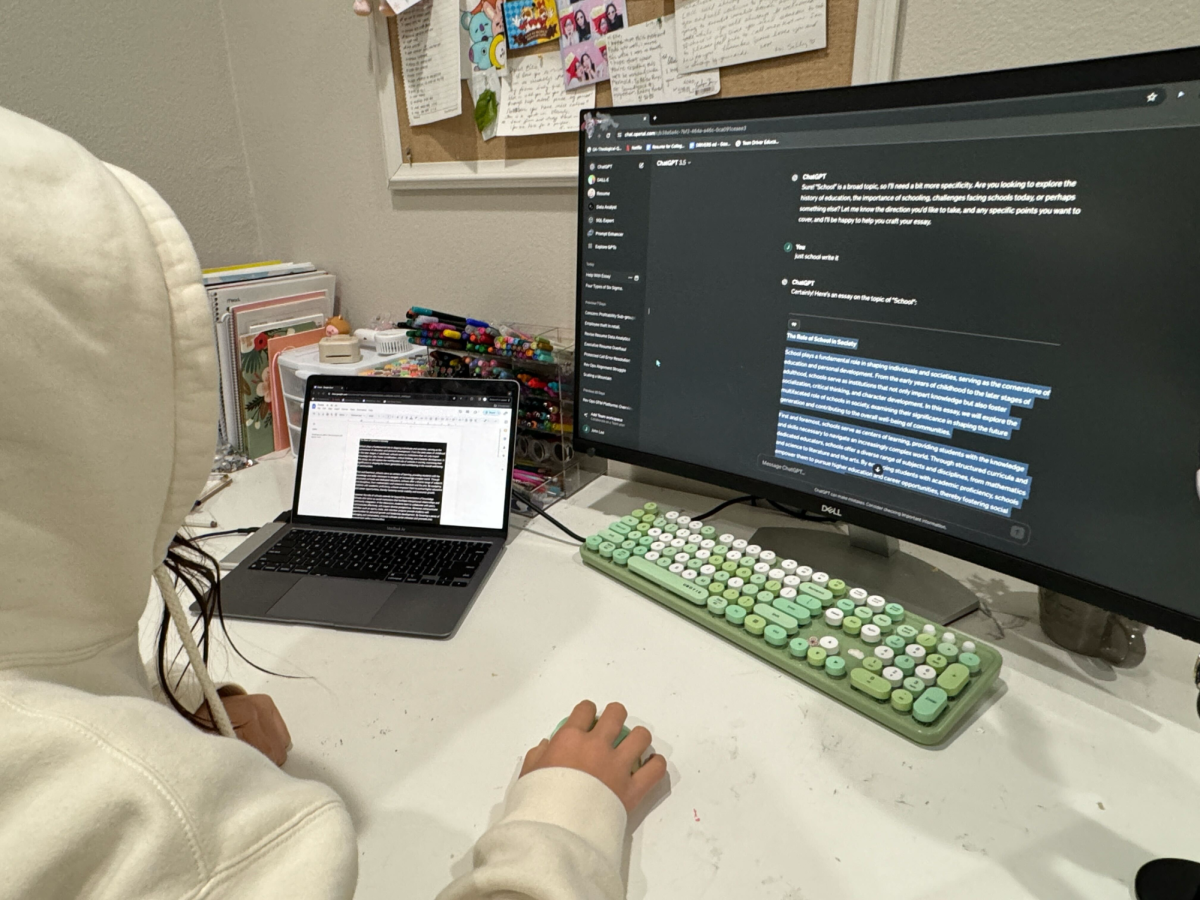







![Khalea Turningan has recently signed with the University of La Verne, to continue playing soccer after she graduates from Ayala. “Ive enjoyed [soccer] so much that I committed,” Turnigan said.](https://ayalabulldogtimes.org/wp-content/uploads/2024/02/Screenshot_20240201_122135_Instagram.jpg)










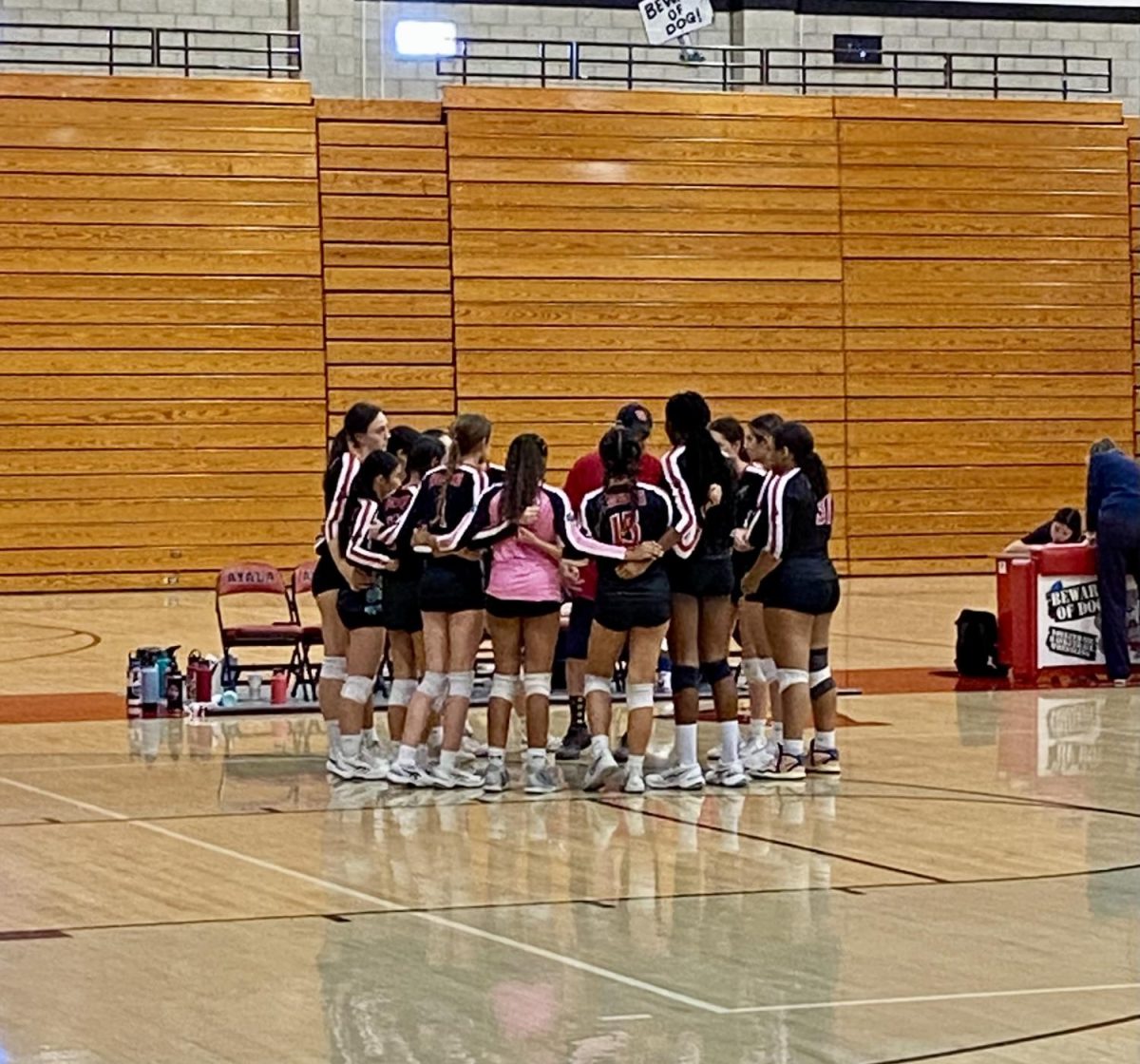
![Girls golf team at Glendora Country Club after their victory against Glendora High School. [From left] Lin Xu (9), Elisabeth lee (10), Eva Alcantara (10), Julie Zhao (9), Madison Soong (10), Priya Devine (10), Rachel Lee (9), Bella Campagna (12), Malaya Csupak (12), Julianna Limchu (12), Kailyn Dang (11), Hannah Reyes (11).](https://ayalabulldogtimes.org/wp-content/uploads/2023/11/IMG_6906-e1699247144815-1200x871.jpeg)




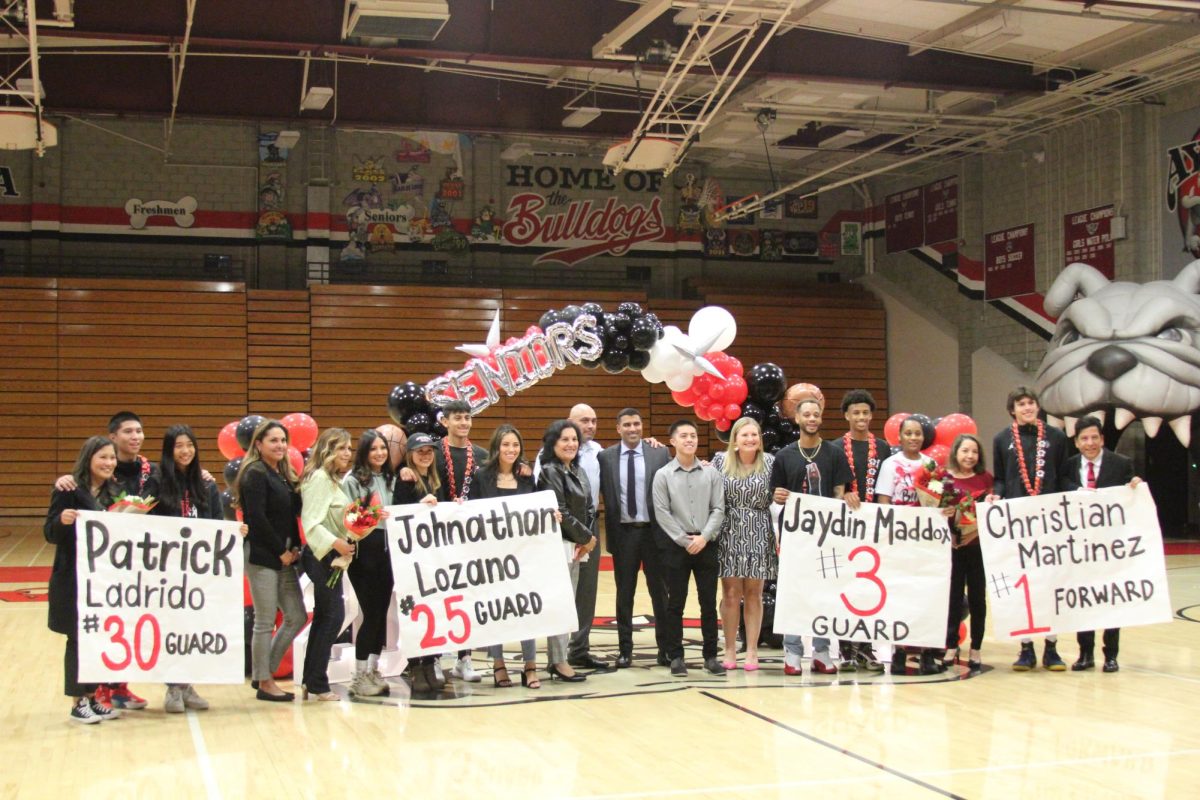






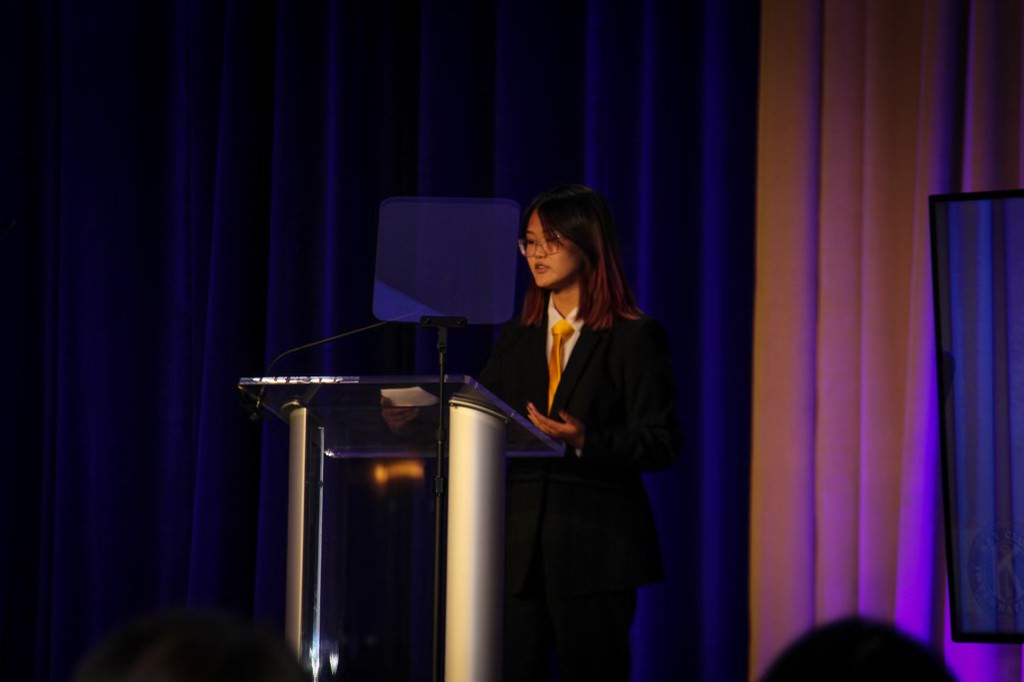


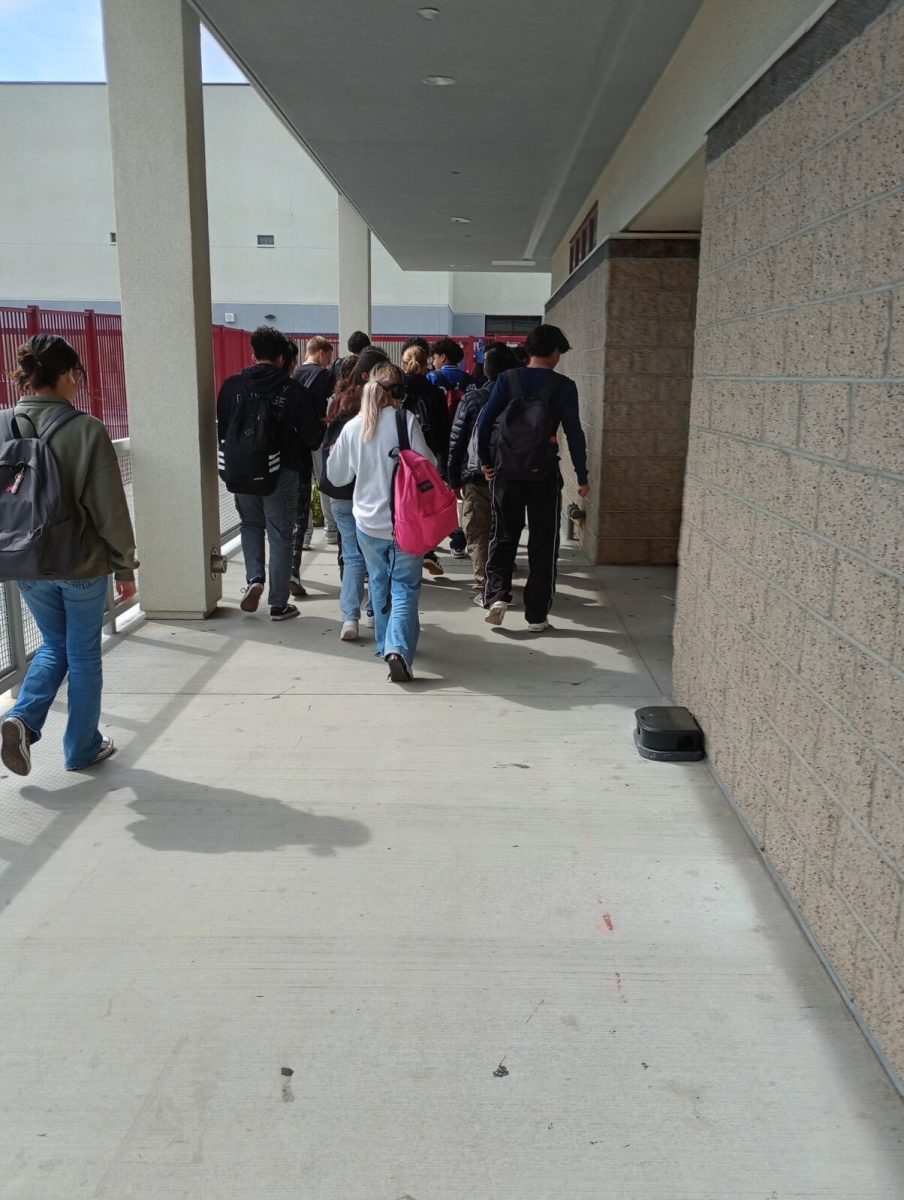



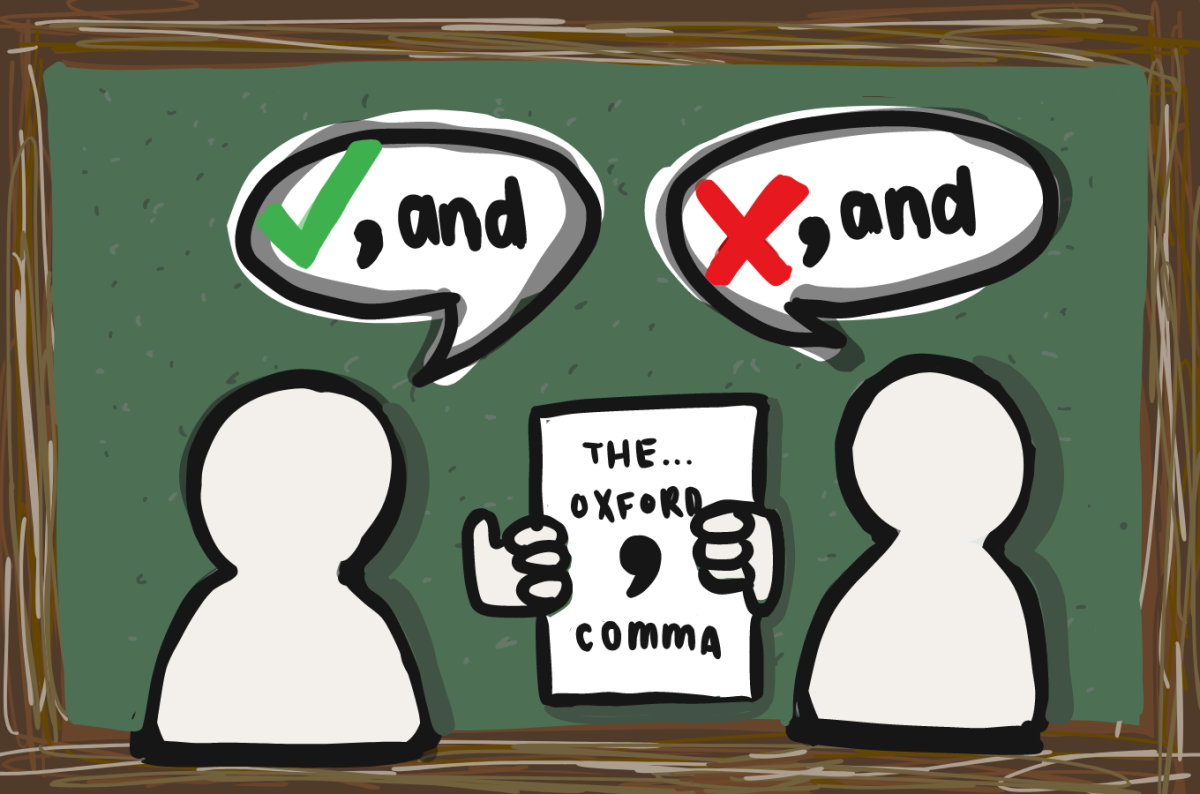



![[Valentines Writing Comp 24] How Dare You?](https://ayalabulldogtimes.org/wp-content/uploads/2024/03/IMG_1687-1200x794.png)
![[Valentines Writing Comp 24] Roses and Violets: A Modern Love Letter](https://ayalabulldogtimes.org/wp-content/uploads/2024/03/IMG_1686.png)




![[Playlist] Year 4](https://ayalabulldogtimes.org/wp-content/uploads/2023/11/Screenshot-2023-11-28-9.31.43-PM.png)
![[Episode 2] Fast fashion on the environment](https://ayalabulldogtimes.org/wp-content/uploads/2023/04/cover-art-1-900x900.png)


